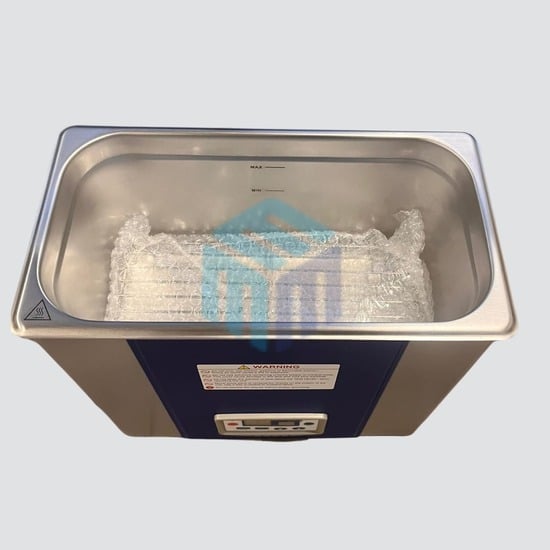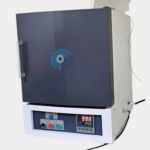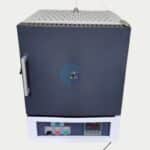Ultrasonic cleaners have revolutionized the way delicate and intricate items are cleaned, offering a fast, efficient, and non-invasive solution across various industries—from laboratories and medical facilities to jewelry workshops and electronics manufacturing. These advanced cleaning devices use high-frequency sound waves to create microscopic bubbles that gently lift away dirt, debris, and contaminants, even from hard-to-reach surfaces. But what makes ultrasonic cleaners so effective and versatile? In this blog, we’ll explore the key features that set them apart, helping you understand their functionality, benefits, and what to look for when choosing the right model for your specific cleaning needs.
- Transducers: The core component that generates ultrasonic waves. High-quality transducers ensure effective and efficient cleaning.
- Frequency Range: Ultrasonic cleaners operate at various frequencies, typically between 20 kHz and 80 kHz. Lower frequencies are suitable for heavier, more stubborn contaminants, while higher frequencies are ideal for delicate items and finer cleaning.
- Tank Material: Usually made of stainless steel for durability and resistance to corrosion from cleaning solutions.
- Tank Size: Available in various sizes to accommodate different items, from small jewelry pieces to larger automotive parts.
- Timer: Allows users to set the cleaning duration. Digital timers provide precise control over the cleaning cycle.
- Heater: Some models include a built-in heater to maintain the cleaning solution at an optimal temperature, improving cleaning efficiency.
- Degas Function: Removes dissolved gases from the cleaning solution, which can interfere with the cleaning process, ensuring maximum efficiency.
- Sweep Mode: Alters the frequency slightly during cleaning to avoid hot spots and ensure uniform cleaning across the tank.
- Digital Control Panel: Provides easy-to-use controls for setting cleaning parameters, including time, temperature, and frequency.
- Lid and Basket: A lid helps reduce noise and prevents the cleaning solution from evaporating, while a basket holds items in place and prevents direct contact with the tank’s bottom.
- Drain Valve: Facilitates easy emptying and cleaning of the tank.
- Solution Compatibility: Designed to work with a variety of cleaning solutions, depending on the type of contaminants and materials being cleaned.
- Safety Features: This includes features like automatic shut-off to prevent overheating and damage to the unit.
- Compact Design: Many models have a compact and portable design, making them suitable for various environments, including laboratories, workshops, and homes.
These features make ultrasonic cleaners versatile and effective tools for a wide range of cleaning applications, ensuring thorough and efficient cleaning with minimal manual effort.
Read also: Tips on Checking the Performance of your Ultrasonic Cleaner
Conclusion:
Understanding the features of ultrasonic cleaners allows you to make informed decisions that enhance both efficiency and precision in your cleaning processes. From adjustable frequencies and digital timers to temperature control and degassing functions, each feature plays a vital role in optimizing performance for different ultrasonic cleaner applications. Whether you’re in a lab, medical facility, or industrial setting, choosing a cleaner with the right features ensures thorough cleaning, protects delicate items, and boosts overall productivity. By aligning your needs with the capabilities of today’s advanced ultrasonic cleaners, you can achieve consistent, high-quality results with every use.
M-Kube Enterprise is an Australian company catering customized laboratory products, laboratory consumables, and laboratory solutions in Australia, India, the USA, New Zealand, Singapore, Malaysia, South Korea, Dubai, the Philippines, Indonesia, and Vietnam.






